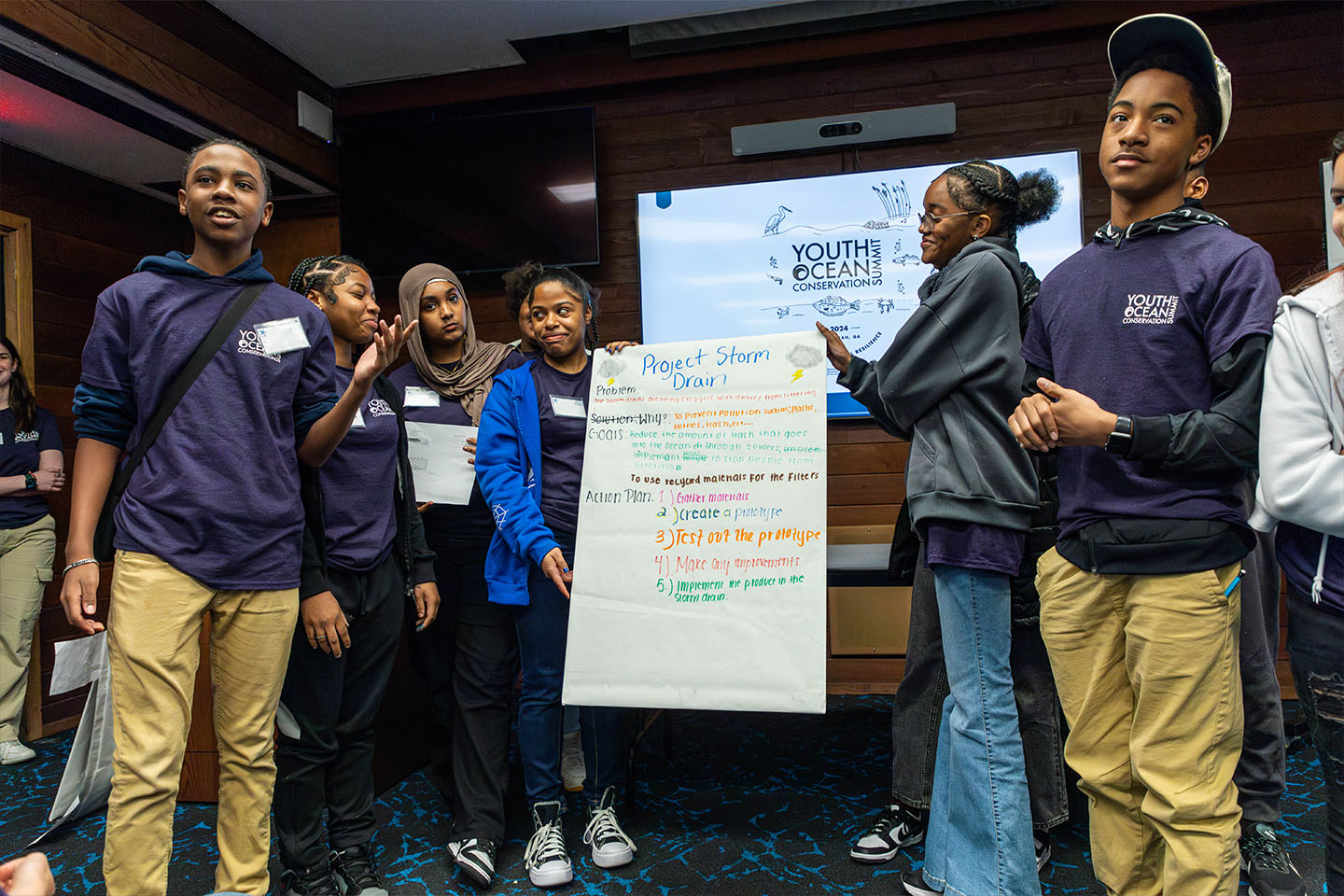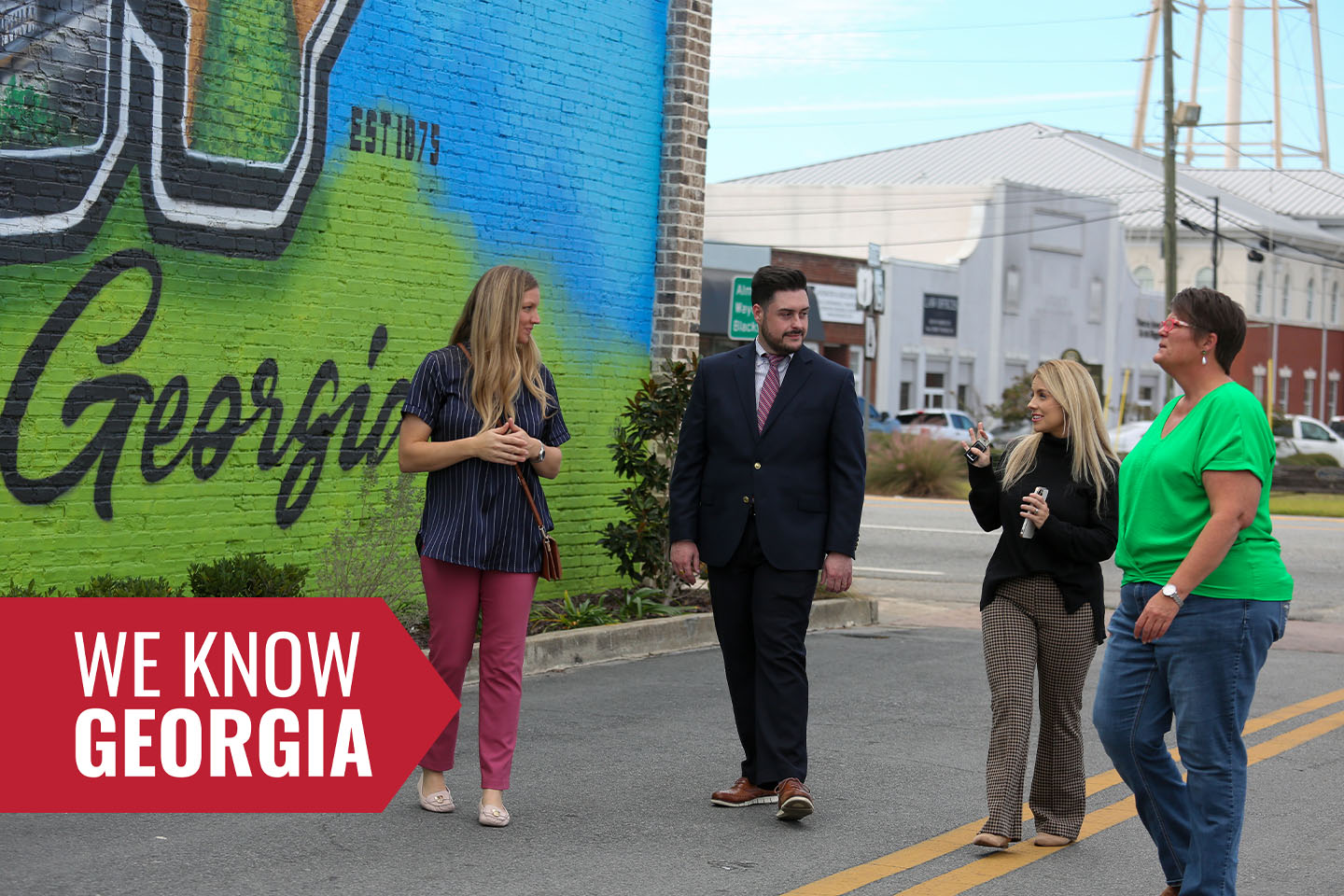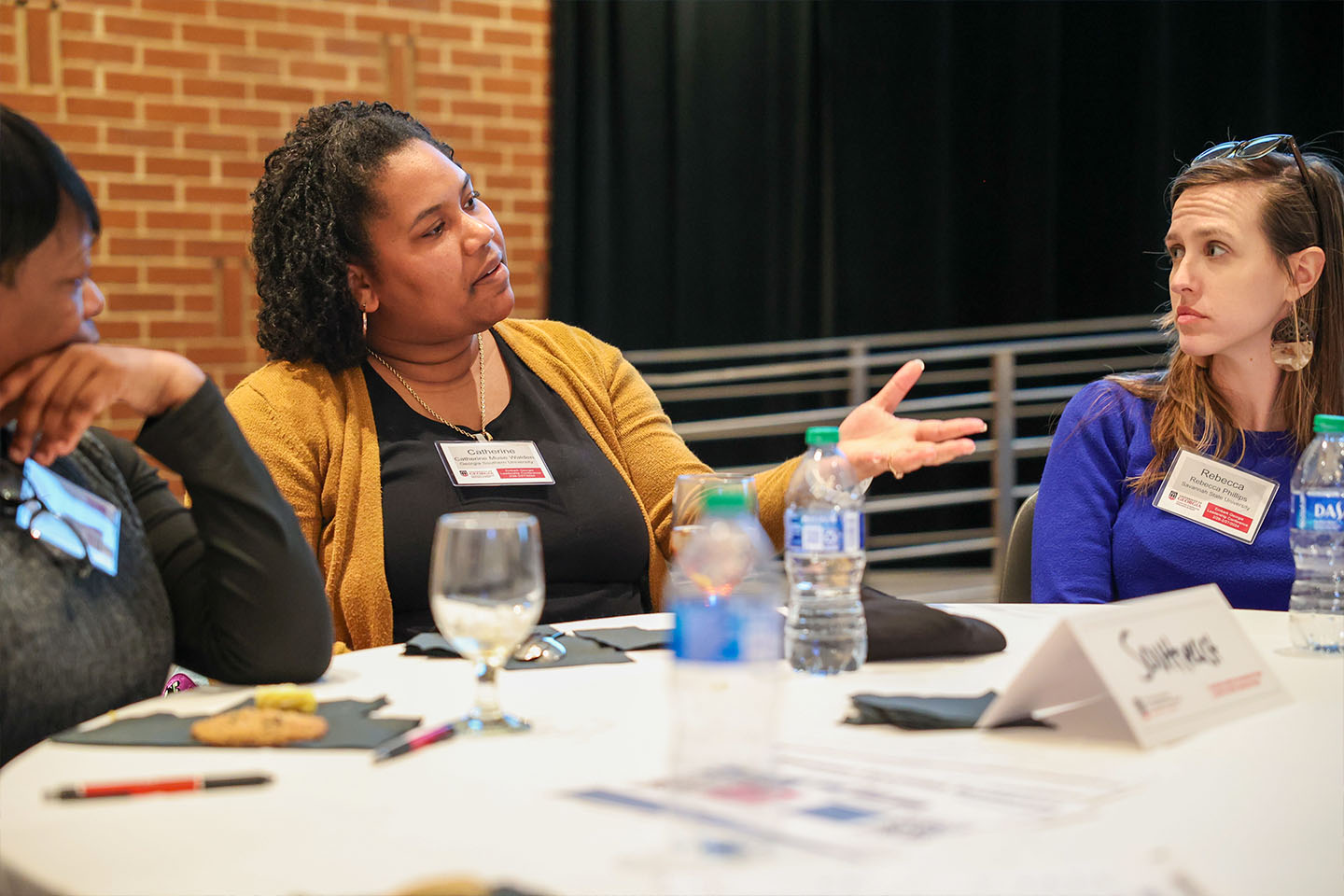Teenagers in vivid red T-shirts tighten steering assemblies with whirring power tools, filling a critical workforce need for Textron Specialized vehicles, a rapidly growing Augusta manufacturer. Just minutes earlier, the teens, students in the Richmond County School System, had been in a makeshift classroom at the company, finishing their academic homework. ‘
By the time they earn their high school diplomas, these students already will have some of the skills that Textron requires for fulltime employees.
Textron is one example of an RPM (Reaching Potential through Manufacturing) facility—a partnership with the Richmond County School System designed to encourage at-risk students to stay in school, while earning money and a chance to launch a career with Textron, a golf cart manufacturer and major Richmond County employer.
“This RPM model really creates a win-win situation between the community and this company,” said Plant Manager Heather Meyer.
It’s just one example of the many ways that the University of Georgia is having a positive impact on Augusta, Richmond County and the state.
The RPM model evolved from a survey commissioned by Richmond County Schools Superintendent Angela Pringle and conducted by the University of Georgia’s Carl Vinson Institute of Government. In that survey, which collected information from 200 companies, employers identified the critical technical and occupational skills young workers need to succeed. Most also indicated they would like to establish or re-establish a relationship with the school system.
Working with the UGA College of Education, Richmond County schools assessed its Career, Technical and Agricultural Education (CTAE) curriculum and revised it to help students attain those priority skills, and better align the curriculum with business and industry in a 13-county region.
“Adjustments suggested by the survey have put CTAE on a trajectory to provide students with skillsets that employers will need in five years,” said John Barner, a faculty member at the Carl Vinson Institute of Government.
Information from the survey also motivated the school system to expand its computer coding and cybersecurity programs and raise the CTAE program’s profile by inviting business leaders into the schools and arranging for students to tour area factories.
Though the program is just a few months old, Pringle says students who were chronically absent or tardy and more engaged and absenteeism has dropped to almost zero.
“There was a need to bridge the gap between industry and schools,” said Jonathan Davis, existing industries coordinator with the Augusta Economic Development Authority. “That bridge exists now.”




